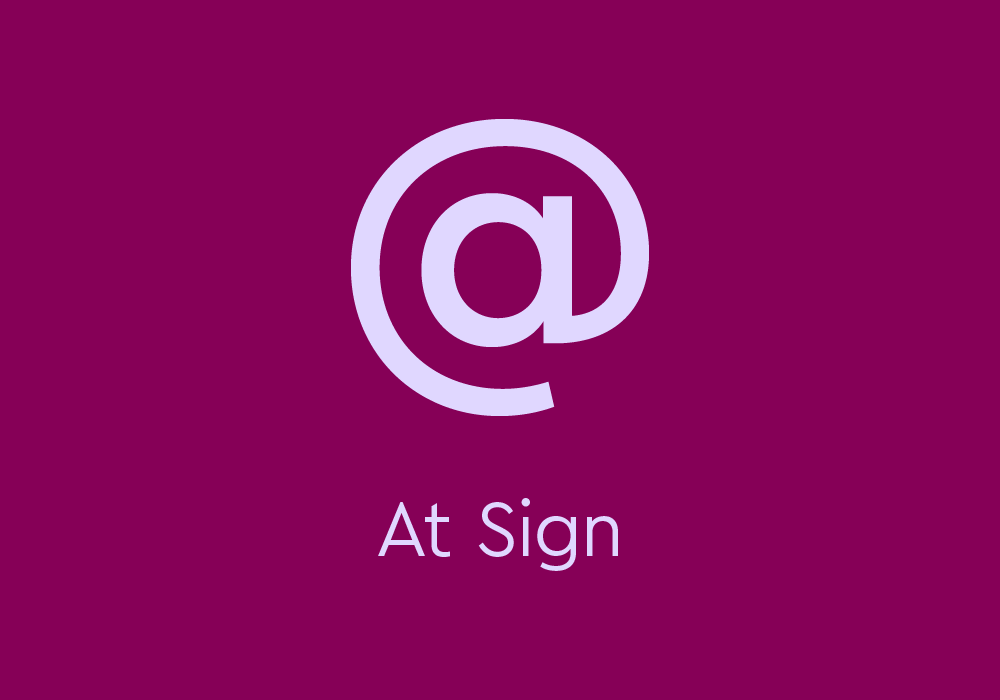Top Networking Interview Questions and Answers 2025

Networking is the very synonym of modern communication and therefore one of the much-in-demand skill sets for an IT professional. Hence, whether you are preparing for an entry-level job or an advanced position as a network engineer, very much relevant knowledge of networking concepts is vital for success in the interview.
Gone are the days when candidates had to rely on massive textbooks and innumerable untidily organized resources to prepare for technical interviews. Today, these processes are a lot easier because of the internet, which provides well-curated interview question banks.
We have handpicked the Top Networking Interview Questions and Answers (2025), from fundamental concepts up to advanced topics. This book forms a unique study resource for those freshers as well as experienced professionals wanting to crack networking interviews.
About Networking
Networking refers to the connecting of two or more devices through a communication medium for the exchange of information and sharing of resources. Networks can be as small as two devices in one room or as large as millions of devices around the world, like the Internet. Networking is important because it enables collaboration, resource sharing, and communication between individuals, organizations, and nations.
Networking Interview Questions and Answers
What is a Network?
A framework of equipment (computers, servers, routers, etc.) linked to facilitate access to shared resources and information forms a network. Examples include LANs (Local Area Networks) in offices or the Internet (global network).
What are the different types of networks?
There are four networks:
- PAN (Personal Area Network): is a network provided to an individual, typically covering a short distance (1-100 meters). Examples include Bluetooth connection.
- LAN (Local Area Networks): for a small area, such as an office or a school, speed would be comparatively high and cost low.
- MAN (Metropolitan Area Network): from city to city or short distances, which falls in the range of 5 to 50 km.
- WAN (Wide Area Network): Countries or large geographical areas, for example, the biggest WAN is the Internet.
What are the various types of networks?
Network topology describes how devices are connected in a network. It is classified on the basis of types:
- Star Topology
- Bus Topology
- Ring Topology
- Mesh Topology
- Tree Topology
What is Latency?
Latency denotes the delay between sending a request and getting the response for it; it is measured in milliseconds (ms). Latency is very important in real-time applications like gaming or video conferencing, which require low latency.
What is the OSI Model? Why is it important?
The OSI Model (Open Systems Interconnection) differs from the three-layer process in terms of standardization of all networking functions into seven various functional layers: Physical, Data Link, Network, Transport, Session, Presentation and Application.
It is used to ensure interoperability between different technologies and in troubleshooting a network problem layer by layer.
What is the TCP/IP model and its differences from the OSI model?
The TCP/IP model is a four-layer model used practically in real-world networking:
- Network Interface
- Internet
- Transport
- Application
Difference: OSI is theoretical (7-layers) whereas TCP/IP is practical (4-layers) and powers the Internet.
What is an IP Address and what are its types?
An IP Address is a distinguishing identification between devices connected within a network.
- IPv4-a 32 bit: 4.3 billion addresses. Example: ip address 192.168.1.1
- IPv6-a 128-bit: complete unspecified space. Example: ip address of 2001:0db8:85a3::8a2e: 0370:7334
What is subnet?
A subnet divides a large network into smaller subnetworks in order to serve the purpose of improving performance, scalability, and security.
What is DNS?
DNS (Domain Name System) is a kind of service in which domain names are translated into IP addresses. For example: Instead of 142.250.190.14, we just type google.com.
What occurs when a website address is typed in a browser?
- DNS resolves the domain into an IP.
- Browser makes a TCP connection.
- Sends an HTTP/HTTPS request.
- Server responds back with HTML, CSS, and JavaScript files.
- Render page.
What are Clients and Servers?
Client-side programs do request services, for example, the services by the client are requesting the downloading of Web pages: browser wanting a web page. Server-it provides services or data, as in web-server, serving us a web page.
What is a MAC Address?
MIC stands for Media Access Control, and it is, according to the definition, a 48-bit unique address assigned to every device’s NIC.
What is ARP?
ARP mapping IP address to MAC address for local use.
What is Unicast, Multicast, and Broadcast?
- Unicast: The kind of communication is one-to-one.
- Multicast: One-to-many selective communication.
- Broadcast: Communication within the network from one to all.
What is SD-WANs?
By adopting software, SD-WAN improves the performance of a WAN and offers a better cost structure, efficiency, and security measures than those that would be available.
Advantages of SD-WAN?
- Reduction of costs
- Improved security
- Simplified WAN management
- Increased bandwidth efficiency
What are Nodes and Links?
- Nodes: They are devices within a network, such as computers and routers.
- Links: This refers to the cables or fiber optics connecting them.
What is VLAN?
VLAN refers to the Virtual Local Area Network, which logically separates an existing physical network into separated sections for the sake of better security and less congestion.
What is VPN?
VPN stands for Virtual Private Network. A VPN encrypts the internet traffic and hides IP addresses of users to ensure access to remote locations with security.
What is a Firewall?
It can be defined as security hardware (or software) – a system that checks for rules against incoming/outgoing traffic.
What is the difference between a Hub, Switch, and Router?
- Hub- Broadcasts data to every device connected to it.
- Switch- Makes use of MAC addresses to forward the data to the required device.
- Router- Connects up different IP address-using networks.
What is Bandwidth?
The term bandwidth refers to the quantity of data that can be transferred through a medium in a certain period, usually in multiples of Mbps or Gbps.
What is NIC?
A NIC (Network Interface Card) attaches a computer to a network and identifies it by unique MAC address.
What do you mean by DHCP?
DHCP or Dynamic Host Configuration Protocol assigns IP addresses to devices connected in a network automatically.
Describe TCP Three-Way Handshake?
- SYN: Client requests connection.
- SYN-ACK: Server acknowledges.
- ACK: Confirming client, establishes a connection.
Advanced Networking Interview Questions and Answers
What is the difference between ipconfig and ifconfig?
- ipconfig: A command in Windows used to display information regarding the network.
- ifconfig: A command in Linux/Mac that can be used to view and modify the network settings.
What is Piggybacking?
Piggybacking is the transmission of an acknowledgement in the same frame as a data frame instead of sending it as a separate frame thereby conserving bandwidth.
What is CIDR?
CIDR refers to classless inter-domain routing, a notation-based technique for IP allocation like ,192.168.1.0/24 that prevents IP wastage.
What is Trunk Port?
It forms aport of a trunk between switches carrying traffic of a number of VLANs using tagging (802.1Q).
Differentiate TCP from UDP?
- TCP: Reliable, in order, connection-oriented. (Web browsing for example).
- UDP: Faster, unreliable and connectionless (for example streaming, gaming).
What is 10Base2?
An older Ethernet standard with a throughput of 10 Mbps, a length of coaxial cable equal to 185m, and bus topology.
What is Kerberos?
A secure authentication protocol that employs tickets and encryption to ascertain user identities over untrusted networks.
What is MPLS?
Multiprotocol Label Switching accelerates the process of forwarding data by writing packet labels rather than referencing complete routing tables.
What is NAT?
NAT substitutes private IP addresses for public ones so that IPv4 can be conserved.
What is an Anycast Address?
An IP assigned to many servers, allowing the requests to reach the nearest available server for fastness & redundancy.
Distinguish between synchronous and asynchronous transmission?
- Synchronous: Blocks of data sent in synchronism.
- Asynchronous: Data sent one byte at a time with start and stop bits.
What does ICMP stand for?
ICMP is the Internet Control Message Protocol for troubleshooting connection issues, such as ping and traceroute.
Define SNMP?
SNMP, or Simple Network Management Protocol, is the administration of networking gadgets through agents, managers, and MIBs.
What is Anonymous FTP?
Anonymously allows users to download files from a public FTP server without an account or password.
Is It Possible to Load-Balance IP Multicast?
No, multicast traffic is routed through a single path but is not made load-balancing across multiple paths.
Can there be two entries in a routing table for the same destination?
No, every destination is supposed to have a unique entry.
What does OFDM stand for?
OFDM stands for Orthogonal Frequency Division Multiplexing, which divides the data into several sub-channels and sends them in the respective sub-channels, improving efficiency in wireless communication.
What is Sneakernet?
A Sneakernet is transferring data by physically carrying detachable storage devices like a USB flash drive or hard disk drive.
Functions of the OSI Session Layer?
Manages sessions between different devices including connection establishment, synchronization and termination.
What is Jitter?
Jitter is basically defined as the variance between one packet and another during its arrival time. It directly influences services which are considered real time, such as video conferencing or VoIP.
Conclusion
The Complete Guide on Top Networking Interview Questions and Answers (2025) features beginner as well as advanced models-one can learn starting from basic network topologies to advanced technologies like MPLS and SD-WAN.
- Make prepare yourselves for an interview related to networking:
- Have the core of it (IP, DNS, OSI Model).
- Get well equipped in explaining practical concepts (VLANs, Firewalls, TCP handshake).
- Keep on learning new and advanced tools and protocols (MPLS, SD-WAN, VPNs).
Thus, if given the right preparation, you’ll not only have all the answers to the questions but will also show your practical side at the time of interviews. Best of luck for your networking future!









